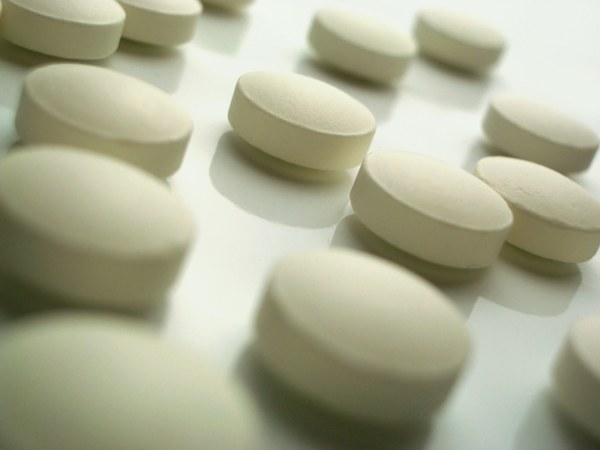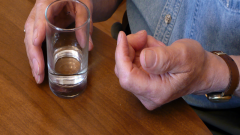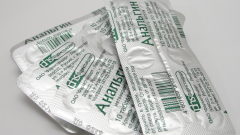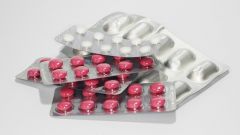International name of paracetamol is acetaminophen. It is analgesic and antipyretic agent with mild anti-inflammatory properties. Thanks to many decades, during which paracetamol was used in medical practice, the mechanism of action of this drug has been studied in detail, and its effectiveness is proven many times.
Paracetamol helps to cope with the pain of weak and moderate intensity. It may be used for headache, toothache, neuralgia, muscle pain, painful menstruation, pain in case of burns and injuries. In addition, paracetamol is widely used for removeing of temperature in various infectious and inflammatory diseases.
The dose of paracetamol for adults is 500 mg, the maximum dose that can be taken simultaneously — 1 g per day can be taken no more than 4 g of paracetamol. The dose of paracetamol for infants up to 3 months — 10 mg per kilogram of body weight, for children from 3 months to a year — 60-120 mg, for children from one year up to 5 years — 150-250 mg, for children from 6 to 12 years — 250-500 mg. For teenagers weighing more than 60 kg, the dosage of paracetamol for adults is similar. Paracetamol can be taken by pregnant women and nursing mothers.
Compared to other analgesic drugs paracetamol little toxic. Therefore, the world Health Organization has included paracetamol in the list of most safe and effective drugs and recommends it as an analgesic and antipyretic for children.
However, the use of paracetamol for more than 7 days, especially in high doses, this drug can have a negative effect on the liver, kidneys and hematopoietic system. Allergic reactions to paracetamol occur very rarely and manifest themselves in the form of skin rashes and itching.
With care the paracetamol is to take people with diseases of the liver and kidneys. In addition, paracetamol should not be used in the presence of alcohol dependence, as alcohol increases the hepatotoxic effect of the drug.
Paracetamol is the basis of many widely advertised painkillers and antipyretic drugs, including "Efferalgan", "Panadol", "Solpadein", "Migranal", "Coldrex", "Theraflu", "Fervex", etc. in addition, paracetamol is part of the popular combined analgesics, as "Citramon", "Askofen", "Effective", "Pentalgin", "no-spurgin" and "trigan-D".
Forms of release of paracetamol is very diverse: tablets (regular and effervescent), capsules, ampoules for injections, suppositories and syrups, and solutions for children.
Indications for paracetamol
Paracetamol helps to cope with the pain of weak and moderate intensity. It may be used for headache, toothache, neuralgia, muscle pain, painful menstruation, pain in case of burns and injuries. In addition, paracetamol is widely used for removeing of temperature in various infectious and inflammatory diseases.
Dosage of acetaminophen
The dose of paracetamol for adults is 500 mg, the maximum dose that can be taken simultaneously — 1 g per day can be taken no more than 4 g of paracetamol. The dose of paracetamol for infants up to 3 months — 10 mg per kilogram of body weight, for children from 3 months to a year — 60-120 mg, for children from one year up to 5 years — 150-250 mg, for children from 6 to 12 years — 250-500 mg. For teenagers weighing more than 60 kg, the dosage of paracetamol for adults is similar. Paracetamol can be taken by pregnant women and nursing mothers.
Side effects of paracetamol
Compared to other analgesic drugs paracetamol little toxic. Therefore, the world Health Organization has included paracetamol in the list of most safe and effective drugs and recommends it as an analgesic and antipyretic for children.
However, the use of paracetamol for more than 7 days, especially in high doses, this drug can have a negative effect on the liver, kidneys and hematopoietic system. Allergic reactions to paracetamol occur very rarely and manifest themselves in the form of skin rashes and itching.
Contraindications to paracetamol
With care the paracetamol is to take people with diseases of the liver and kidneys. In addition, paracetamol should not be used in the presence of alcohol dependence, as alcohol increases the hepatotoxic effect of the drug.
Trade names under which acetaminophen is sold
Paracetamol is the basis of many widely advertised painkillers and antipyretic drugs, including "Efferalgan", "Panadol", "Solpadein", "Migranal", "Coldrex", "Theraflu", "Fervex", etc. in addition, paracetamol is part of the popular combined analgesics, as "Citramon", "Askofen", "Effective", "Pentalgin", "no-spurgin" and "trigan-D".
Forms of release of paracetamol is very diverse: tablets (regular and effervescent), capsules, ampoules for injections, suppositories and syrups, and solutions for children.








